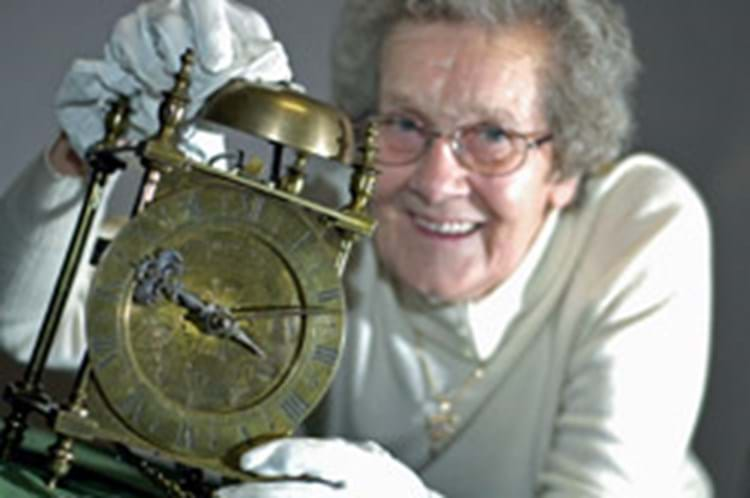
But in the case of this late 17th century, 12-hour lantern clock, it was no specialist who made the discovery, but a Lanarkshire housewife.
And it took Rita Inch, now 79, around 40 years to realise what she had picked up in a charity shop for about £70.
Her story came to light when she and her husband John decided to donate the clock to a museum. With no children to leave their possessions to, they wanted to make sure it went to a good home where it would be appreciated.
But it was only when Mr and Mrs Inch researched the maker of the signed clock that its significance emerged. It is believed to be the only clock existing in public collections to have been made by renowned Edinburgh-based clockmaker Richard Mills.
Mrs Inch, of Lesmahagow, said: "I found the clock in the late 1960s so we have had it for a long time. We are happy to give it to the museum. It was made in Edinburgh, so it should go back home and be looked after there."
In his book The Early Clockmakers of Great Britain, Brian Loomes notes that the Mills family also styled themselves Milne or Mylne. Richard, whom he lists as the son of Thomas Mylne of Staffordshire, was apprenticed in July 1661 to his uncle, Scotland's first domestic clockmaker, Humphrey Mills or Milne, receiving his freedom in September 1678 after presenting a clock-watch as his test piece. He became Boxmaster of the Guild of Hammermen in 1703 and is thought to have died around 1710.
Mr Loomes believes that Richard Mills' clock dates after the 1670s and, accordingly, has many features that would have made it quite old fashioned. Indeed, the clock appears to use the same castings employed by his uncle Humphrey 30 years earlier.
There are only seven clocks by Humphrey Mills recorded, one of which is currently on display at the National Museums of Scotland. The NMS is now the recipient of Mrs Inch's clock as well.
Dr Alison Morrison-Low, Principal Curator of History of Scientific Instruments and Photography at the NMS, said: "The museum is delighted to be presented with such an important piece of Scotland's horological history. Lantern clocks signed by Scottish makers are extremely rare in any case but there are no other examples of clocks signed by Richard - as opposed to Humphrey - Mills so it's a fantastic find."
It is expected that the clock will go on display in Edinburgh soon.
By Ivan Macquisten




